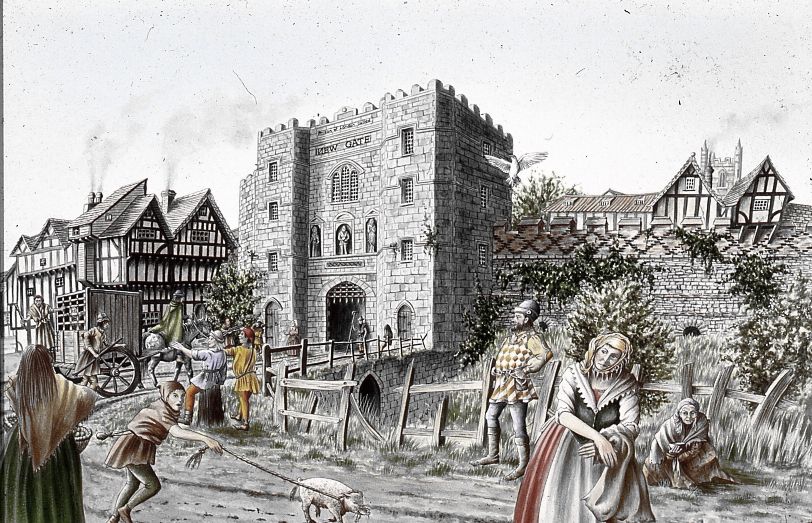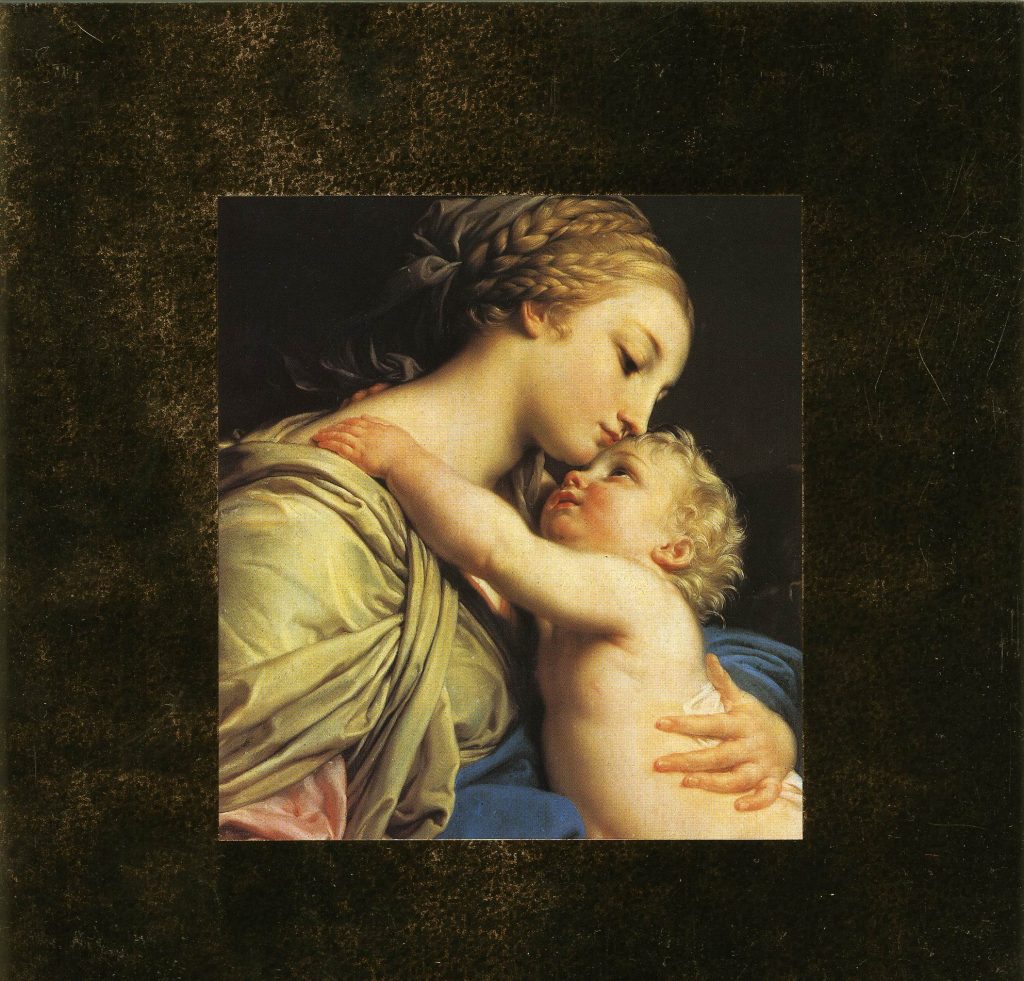
This year March 5th was Ash Wednesday. So I did not have time to repost my Lide – March 5th post. Here it is:
The Cornish named the first Friday in March ‘Friday in Lide’. March is named after the Roman War God Mars, whose Month it was. But in England it had, until recent times, a dialect name which survived in the South west of England. This was ‘Lide’. The name was still used in the 17th Century, and then survived into the 19th Century only in Cornwall, which had a proverb.
‘Ducks won’t lay till they’ve drunk Lide water’.
Daffodils were called Lide-lillies. Eleanor Parker, who is a Lecturer in Medieval Literature at Brasenose College, Oxford, wrote an interesting article in History Today. She called March the loudest month of the year. The early English names for March were Hlyda or Lide monath meaning stormy or loud month. Other names include Hraed monath (rugged month) and Lentmonath (month of lent).
The ‘loudness’ comes from the March winds, which were noisy – as described in this rhyme. (thanks to Millie Thom for the rhyme and all things March. )
March brings breezes loud and shrill,
Stirs the dancing daffodil.
~Sara Coleridge (1802–1852), “The Months,” Pretty Lessons In Verse, For Good Children; With Some Lessons in Latin, In Easy Rhyme, 1834
There are many references to the changeable weather in March. Sometimes lovely spring days, and at others raging storms, and frosts. Parker quotes a proverb which says that March comes in:
‘like a lion and goes out like a lamb’.
Lide 5th was a holiday for Miners, probably because it was St Piran’s Day. Very little is clear about St Piran. But he is thought to have been an Irish Missionary who founded an Abbey in Cornwall in the 5th Century. His legend says he was tied to a millstone by the Irish, who rolled the stone over a cliff. The sea was stormy, but calmed as soon as he fell into it. He floated on his stone to Perranzabuloe in Cornwall. Here he landed and got his first converts: a badger, a fox, and a bear. Then, he founded the Abbey of Llanpirran.
He is said to have reintroduced smelting to Cornwall, hence his attribution as patron Saint of Miners. Piran was martyred by Theodoric or Tador, King of Cornwall in 480. His bones scattered in reliquaries in the South West and in Brittany. He is the patron saint of Cornwall, so the week before the 5th of March is known as Pirrantide. And there are events and parades to commemorate him. People dress in black white and gold, carrying daffodils and walk across the dunes to St Piran’s Cross.

For more about March look at my post https://www.chr.org.uk/anddidthosefeet/march-1st-the-month-of-new-life/
First published in 2024, rewritten March 2025


